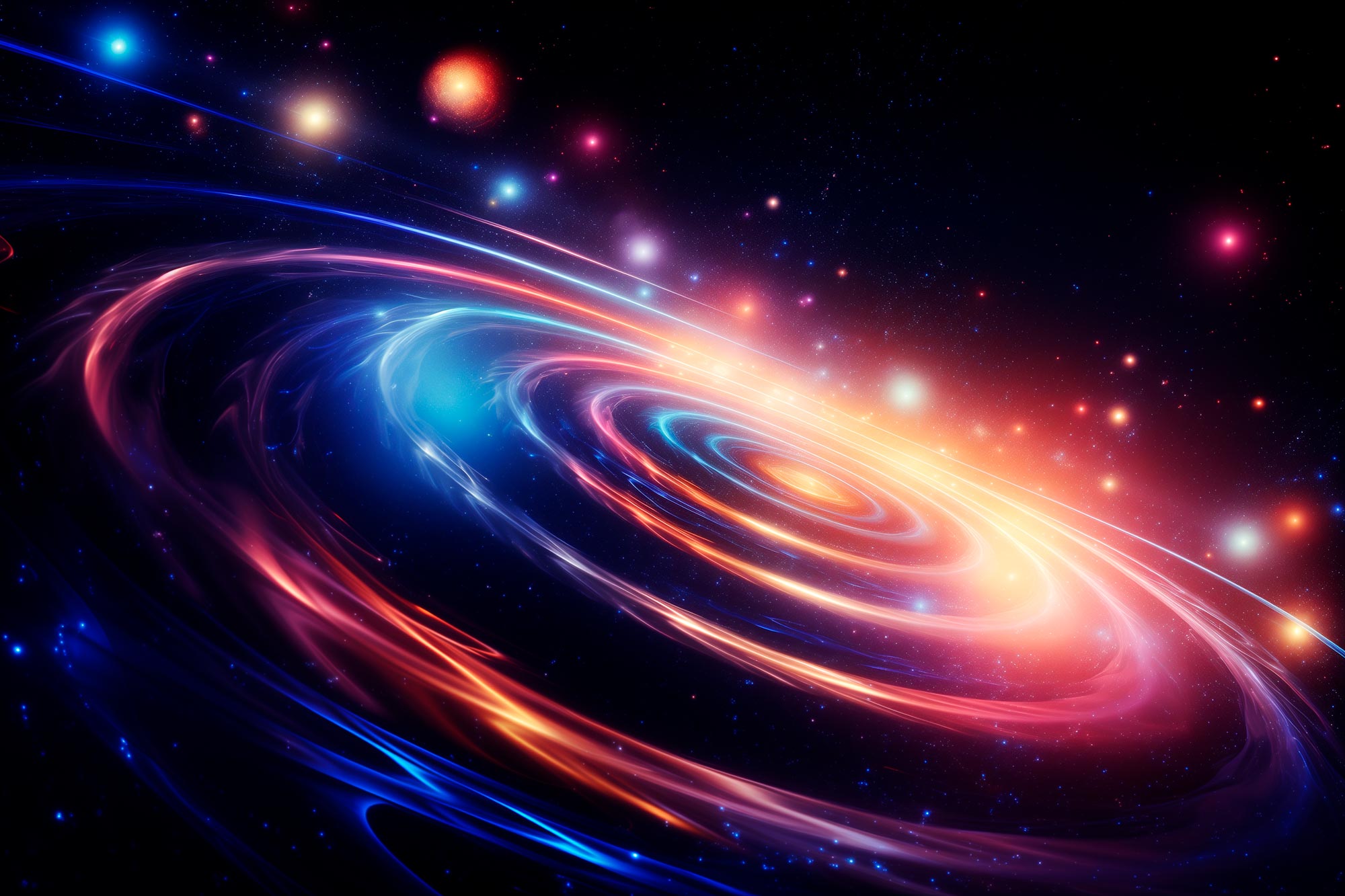Check out this astonishing new discovery: scientists have found a one-of-a-kind star system called HD110067, where six planets are orbiting in a rhythmically synchronized way. This rare phenomenon could provide valuable insights into the development and progression of planets. A study spearheaded by University of Chicago astronomer Rafael Luque might unveil crucial details about the formation of planets. Within a nearby star system, astronomers have observed the extraordinary sight of six planets encircling their central star in perfect synchronization. These planets move with such precision that it’s comparable to an orchestrated performance. This gravitational lockstep is a rare occurrence and presents an opportunity for researchers to gain a deeper understanding of how planets come to be and evolve. Rafael Luque, the lead researcher behind the study, explains that “This discovery is going to become a benchmark system to study how sub-Neptunes, the most common type of planets outside of the solar system, form, evolve, what are they made of, and if they possess the right conditions to support the existence of liquid water on their surfaces.” The unusual star system, located in the Coma Berenices constellation, is known as HD110067 and it serves as a stage for a cosmic ballet where planets entwine themselves around their star. HD110067, positioned about 100 light-years away, was initially detected through NASA’s Transiting Exoplanet Survey Satellite (TESS), which recognized signs of planets passing in front of the star. Researchers conducted a detailed analysis of the data from TESS and the European Space Agency’s CHaracterising ExOPlanet Satellite (Cheops), finding that the planets are aligned in a resonance pattern, an irregularity that is rarely observed. The close presence of a massive body, a passing star, or a significant impact, among other events, is usually the cause of any disruption in planets’ formation. However, upon discovery, the scientists realized this star system has managed to maintain its configuration since its inception billions of years ago. This peculiar occurrence is very uncommon, which is why HD110067 has prompted scientists to dive deeper into its formation and life history. More detailed measurements are imperative to thoroughly comprehend how the star system formed. Be sure to check out the research paper authored by Rafael Luque and his fellow scientists, titled “A resonant sextuplet of sub-Neptunes transiting the bright star HD 110067”. UChicago Prof. Jacob Bean also joined as a co-author.
Incredible Find: Harmony of Six-Planet System Defies Explanation


